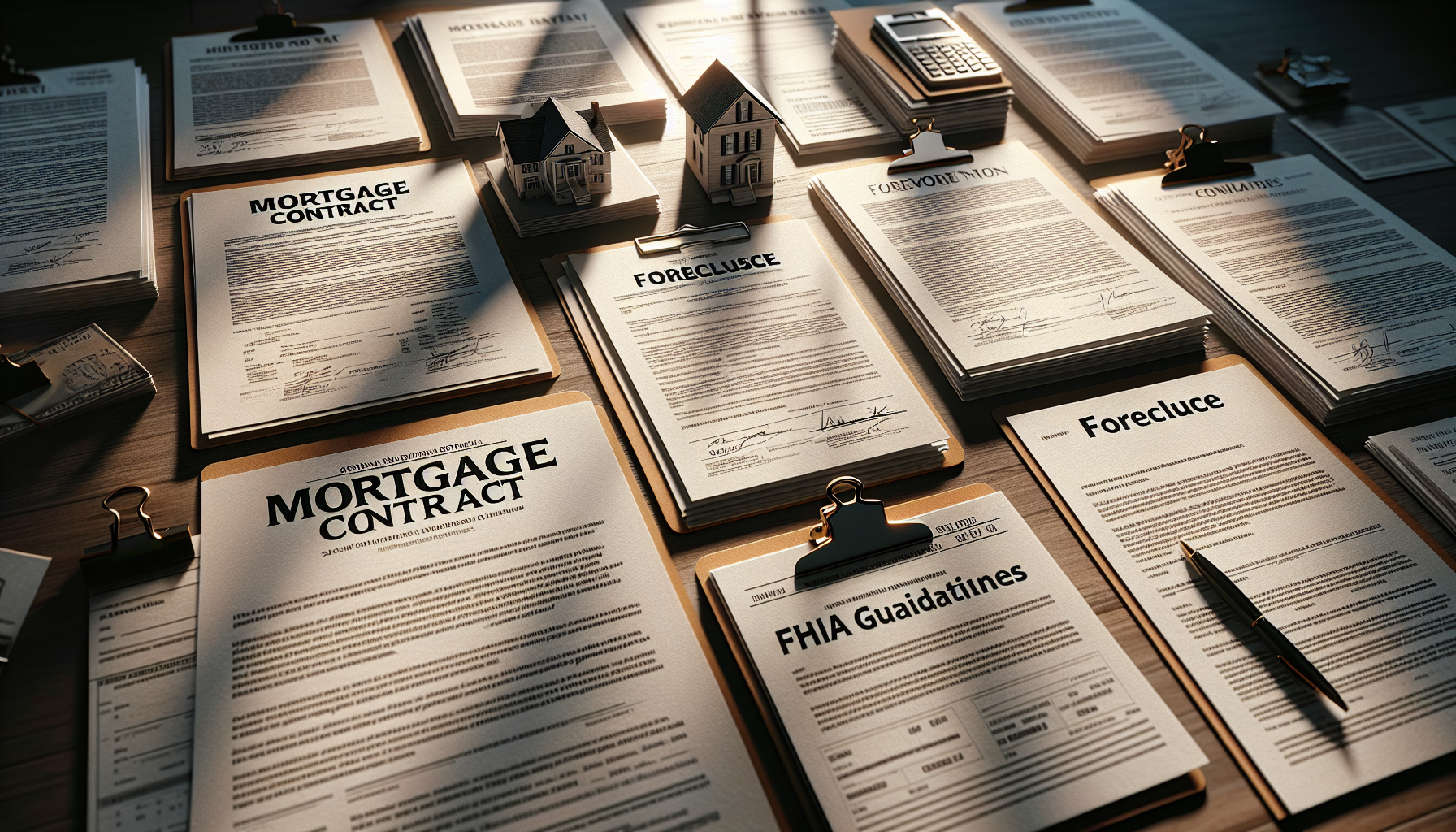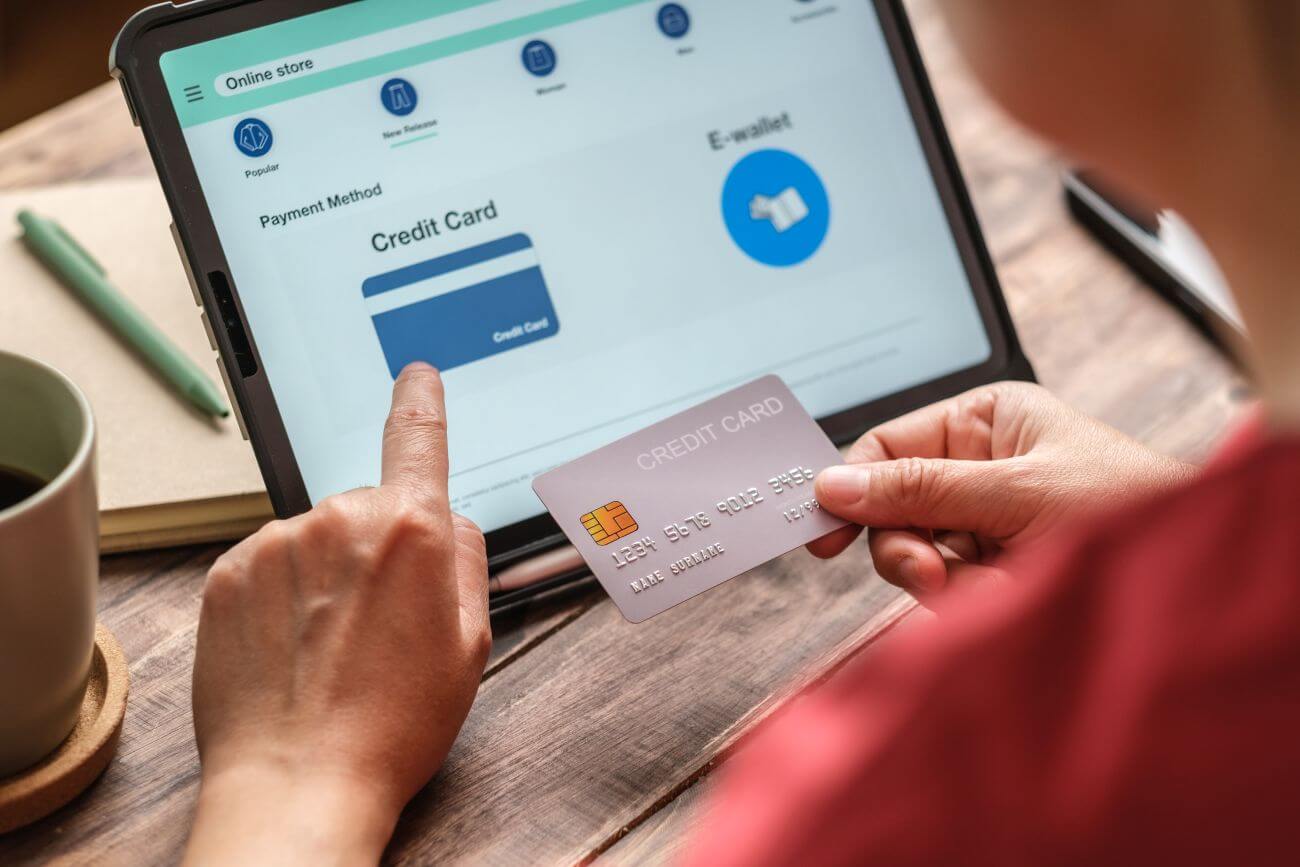Homeowners facing financial hardships often struggle to keep up with their mortgage payments, putting them at risk of losing their homes to foreclosure. Fortunately, the Federal Housing Administration (FHA) offers various loss mitigation options to help borrowers avoid foreclosure and remain in their homes. One such option is the partial claim mortgage, a unique solution designed to bring delinquent mortgages current without requiring borrowers to make large lump-sum payments.
What is a Partial Claim Mortgage?
Definition and Basics of Partial Claim Mortgages
A partial claim mortgage is an interest-free loan provided by the U.S. Department of Housing and Urban Development (HUD) to FHA-insured borrowers who have fallen behind on their mortgage payments. The loan is designed to bring the delinquent mortgage current by covering the unpaid principal balance and any outstanding payments, including principal, interest, taxes, and insurance.
Unlike traditional loans, a partial claim mortgage does not require immediate repayment. Instead, the loan becomes due when the borrower sells the home, refinances the mortgage, or pays off the primary mortgage. This arrangement allows struggling homeowners to catch up on their payments without adding to their immediate financial burden.
How Partial Claim Mortgages Work
When a borrower is approved for a partial claim mortgage, the FHA lender files a claim with HUD to obtain the funds necessary to bring the mortgage current. HUD then provides an interest-free loan to the borrower in the amount needed to reinstate the delinquent mortgage. The loan is secured by a subordinate lien on the property, which means that it takes a secondary position to the primary mortgage.
Once the partial claim mortgage is in place, the borrower resumes making their regular monthly mortgage payments to the lender. The interest-free loan from HUD is repaid when the borrower sells the home, refinances the mortgage, or pays off the primary mortgage. In some cases, the loan may be structured as a balloon payment, meaning that the entire balance becomes due at a specific point in the future.
Eligibility for Partial Claim Mortgages
Borrower Eligibility Requirements
To qualify for a partial claim mortgage, borrowers must meet certain eligibility criteria set forth by the FHA. These requirements include:
- The borrower must have an FHA-insured mortgage
- The borrower must be experiencing a financial hardship that has led to missed mortgage payments
- The borrower must have the ability to resume making regular mortgage payments after the partial claim is granted
- The borrower must occupy the property as their primary residence
Property and Loan Eligibility Criteria
In addition to borrower eligibility, the property and loan must also meet specific criteria to qualify for a partial claim mortgage:
- The property must be a single-family residence, a condominium unit, or a manufactured home
- The loan must be at least four months delinquent but less than 12 months delinquent
- The loan must not be in foreclosure
- The borrower must not have previously received a partial claim mortgage on the same property
Benefits and Drawbacks of Partial Claim Mortgages
Advantages for Struggling Homeowners
Partial claim mortgages offer several benefits to homeowners facing financial difficulties:
- Avoids foreclosure: By bringing the mortgage current, a partial claim can help borrowers avoid foreclosure and keep their homes.
- No immediate repayment: The interest-free loan from HUD does not require immediate repayment, allowing borrowers to focus on their current financial situation.
- Maintains current interest rate: A partial claim does not change the interest rate or terms of the primary mortgage, which can be advantageous if the borrower has a favorable rate.
Potential Disadvantages and Risks
While partial claim mortgages can be a valuable tool for struggling homeowners, there are some potential drawbacks to consider:
- Additional lien on the property: The interest-free loan from HUD is secured by a subordinate lien on the property, which can make it more difficult to sell or refinance the home in the future.
- Balloon payment: In some cases, the partial claim mortgage may be structured as a balloon payment, meaning that the entire balance becomes due at a specific point in the future. Borrowers must be prepared to pay off the loan when it comes due.
- Eligibility restrictions: Not all borrowers or properties will qualify for a partial claim mortgage, and those who have previously received a partial claim on the same property are not eligible.
The Application Process for Partial Claim Mortgages
Required Documentation and Forms
To apply for a partial claim mortgage, borrowers must submit a complete application package to their FHA lender. The package typically includes:
- A hardship letter explaining the borrower’s financial situation and the reason for the missed payments
- Proof of income, such as pay stubs, tax returns, or bank statements
- A completed Request for Mortgage Assistance (RMA) form
- A signed and dated FHA Partial Claim Promissory Note and Subordinate Mortgage
Timeline and Expectations
The timeline for processing a partial claim mortgage can vary depending on the lender and the borrower’s individual circumstances. In general, borrowers can expect the process to take several weeks from the time they submit a complete application package.
During this time, the lender will review the application, verify the borrower’s eligibility, and obtain the necessary funds from HUD. Once the partial claim is approved and the funds are disbursed, the borrower’s mortgage will be brought current, and they will resume making their regular monthly payments.
Alternatives to Partial Claim Mortgages
Loan Modifications and Forbearance Plans
In addition to partial claim mortgages, the FHA offers other loss mitigation options for struggling homeowners, including loan modifications and forbearance plans.
Loan modifications involve changing the terms of the mortgage, such as the interest rate or the length of the loan, to make the payments more affordable for the borrower. Forbearance plans, on the other hand, allow borrowers to temporarily suspend or reduce their mortgage payments for a set period of time.
Short Sales and Deed-in-Lieu of Foreclosure
If a borrower is unable to keep their home, even with the assistance of a partial claim mortgage or other loss mitigation options, they may consider a short sale or a deed-in-lieu of foreclosure.
In a short sale, the borrower sells the property for less than the outstanding mortgage balance, and the lender agrees to accept the proceeds as full satisfaction of the debt. A deed-in-lieu of foreclosure involves the borrower voluntarily transferring the property title to the lender in exchange for a release from the mortgage obligation.
While these options do not allow the borrower to keep their home, they can help them avoid the negative consequences of foreclosure, such as damage to their credit score and difficulty obtaining future housing.
See also:








Leave a Reply